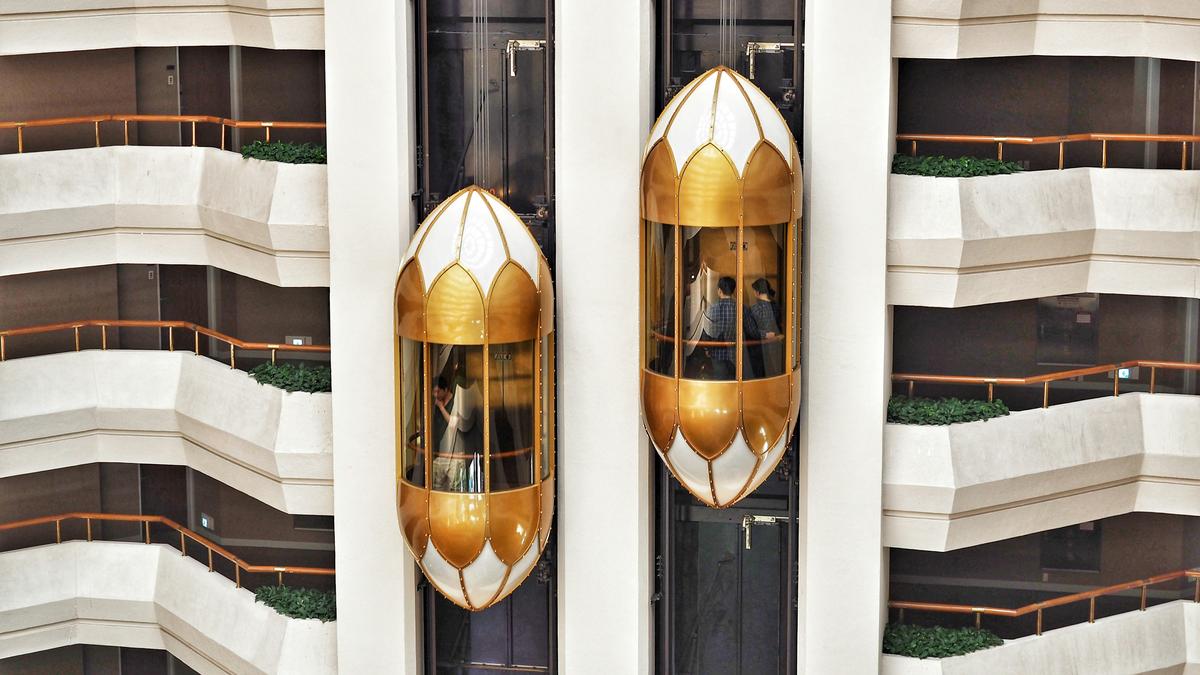Elevators include components such as hydraulic lifting motors, ventilation pumps, and control panels that together demand a balanced power supply.
| Photo Credit: Sung Jin Cho/Unsplash
Because elevators are critical systems, downtime is expensive and dangerous. To avoid this, elevators need three-phase electrical power to meet its high power demand without compromising their reliability.
Elevators include components such as hydraulic lifting motors, ventilation pumps, and control panels that together demand a large and balanced power supply. Three-phase power provides consistent, balanced voltage with minimal fluctuation (less than 3% if required) to handle power surges safely.
The electric motors also require high starting torque and smooth, efficient operation. And three-phase motors start more easily, run more smoothly, and are more efficient compared to single-phase motors, which are also generally less reliable.
Further, three-phase power systems use less wiring relative to the capacity provided and distribute power across three alternating current phases staggered in time. This results in a constant power supply that reduces the mechanical stress on motors and improves their lifespan.
By contrast, many household appliances run efficiently on single-phase power because their power needs are lower and because they don’t need the high starting torque and smooth operation that three-phase motors provide. Their electrical loads are also usually intermittent and limited in magnitude.
Published – August 09, 2025 09:00 am IST
